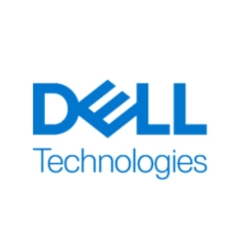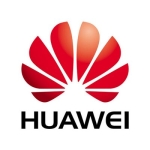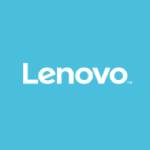How has it helped my organization?
It takes a lot less time to manage. Setting up new storage for virtualization is really easy, so it saves a lot of time creating file shares. So, it does save us time, and cost when compared to any other storage solutions.
What is most valuable?
Ease of use is probably number one, compared to the previous storage that we've had. Easy scalability, easy set up. Compared to everything else, the Unity is, well, you could call it child's play. As long as you know what you're doing storage-wise, Unity is really easy to use.
What needs improvement?
Maybe deduplication would be something that would be better to have. Also, it's a fairly new management interface, so work is still being done on that. But compared to other vendors and previous EMC storage, the Unity is really good.
At the moment actually, it does everything it needs to do; I don't have any improvement requests.
For how long have I used the solution?
One to three years.
What do I think about the stability of the solution?
No stability issues. Absolutely none.
What do I think about the scalability of the solution?
For our needs, it's more than capable. We run about 100 virtual servers on it. We have about 100 users accessing the file shares from there, and I've seen no problem with that. We have about a 10GB backbone. Whatever we throw at it, it hasn't shown any sign of weakness or anything. It's been really good.
How are customer service and technical support?
On a scale from one to 10, I'd probably give EMC customer support an 11. It's been really good. We do have premium support, which means if we have a problem, it gets solved really quickly.
At one time, we had an issue with multi-protocol storage which was solved in about two days. It wasn't even that critical. It was something that was in testing, and for testing purposes I got it solved in two days. So, customer support has been just marvelous, splendid.
Which solution did I use previously and why did I switch?
We used VNX previously. This was an upgrade from VNX. We've also used EqualLogic which, of course, is part of the same company today. But EqualLogic was just for simple file storage and more of a scratch storage because it was really cheap and we needed more storage quickly at one time. The EqualLogic was the easiest to get access to at that time.
Compared to VNX, the Unity is a lot easier to use. I could have kept on going with the VNX, but since the Unity was more or less the replacement for this size of storage, the Unity was the logical next step.
How was the initial setup?
Dead simple. Comparing both EqualLogic and VNX, which basically are fairly simple themselves also, the Unity - as long as you know something about storage and what kind of storage or what kind of hardware you have below - it was just "Next, next, next," because it just uses the drives that you have. It sets them up automatically, creates everything more or less without almost knowing anything. It was very easy.
Perhaps I could have gotten some instruction online. The thing was that when I set it up, it had just entered the market. It was just about one week old when we got it. So, I don't think I would have found that much online, but then again, having worked with storage for the last 15 years, in essence I took a 15-year-long course before I got the Unity. But it was so simple, I didn't need any help setting it up.
What's my experience with pricing, setup cost, and licensing?
More or less, I am the team. I do have three other guys, but yes, I was the one who decided to get this. The pricing was quite okay compared to others. We probably got it cheaper because we were the first ones out of the gate, but I would say that it's good value for the money.
Which other solutions did I evaluate?
I wouldn't say that I actually did look at anything else because I'm familiar with EMC and have been really satisfied with them.
What other advice do I have?
It's really simple to use, set up, manage. Just be sure to know something about storage before you start, but that goes for any kind of storage solution that you use.
I actually want to give it a 10 out of 10 because it's been really easy to manage. It just does what it's supposed to do and it doesn't bother me.
Disclosure: PeerSpot contacted the reviewer to collect the review and to validate authenticity. The reviewer was referred by the vendor, but the review is not subject to editing or approval by the vendor.










